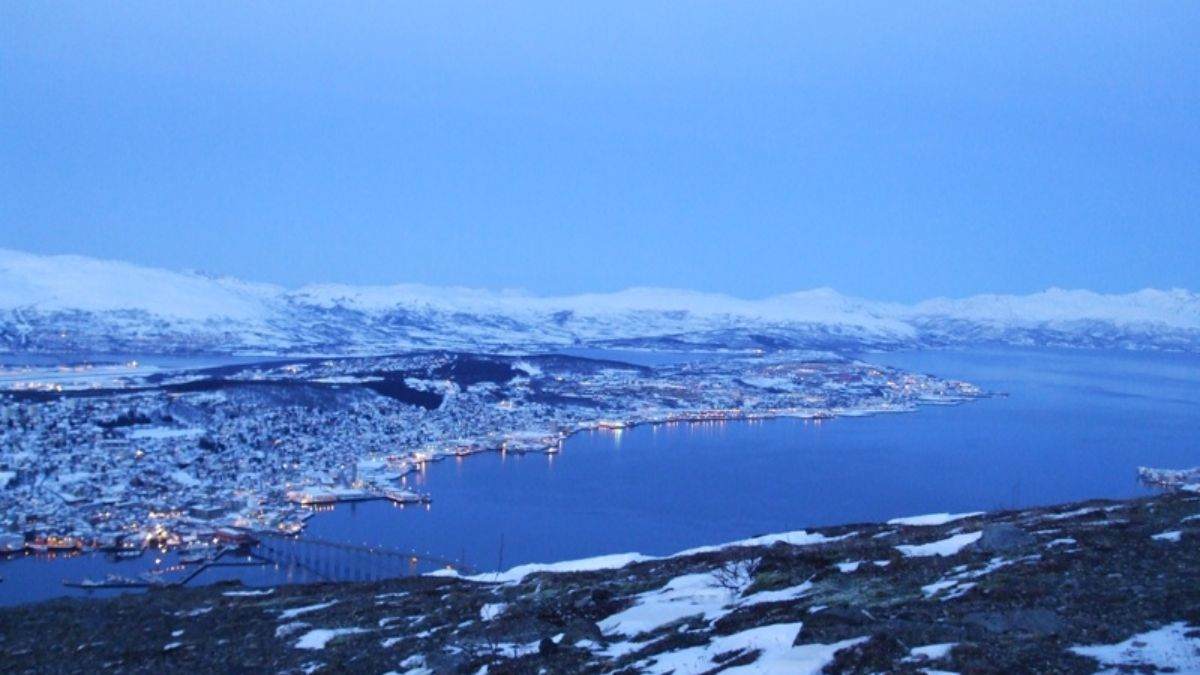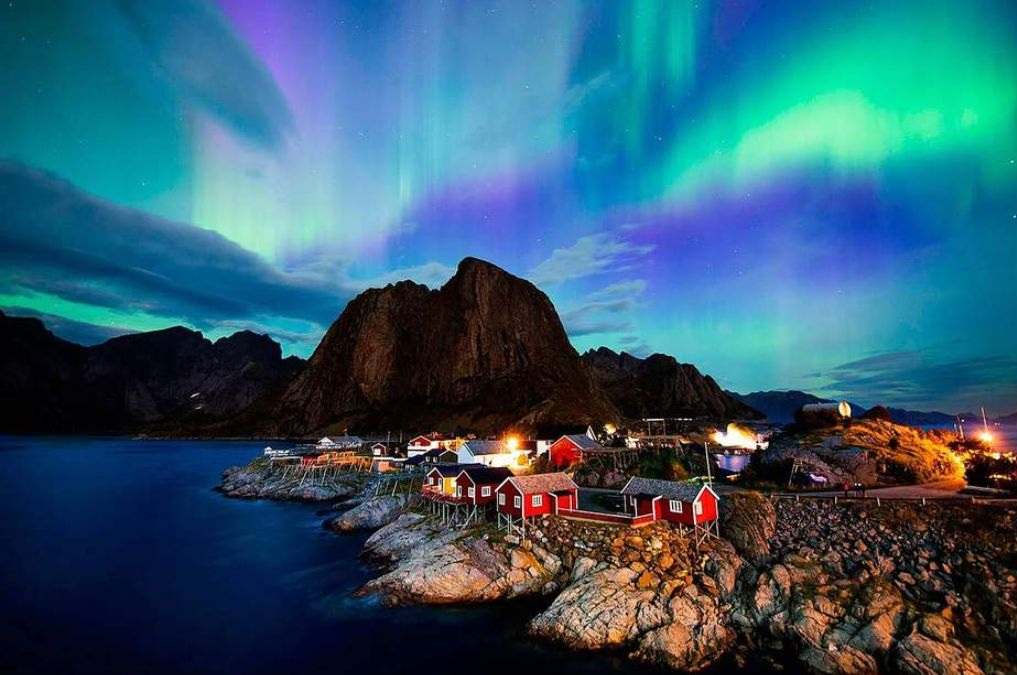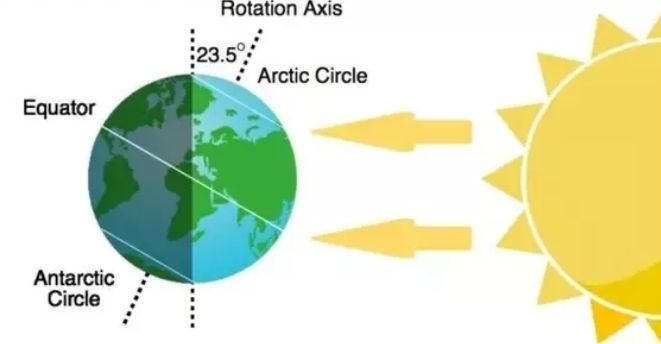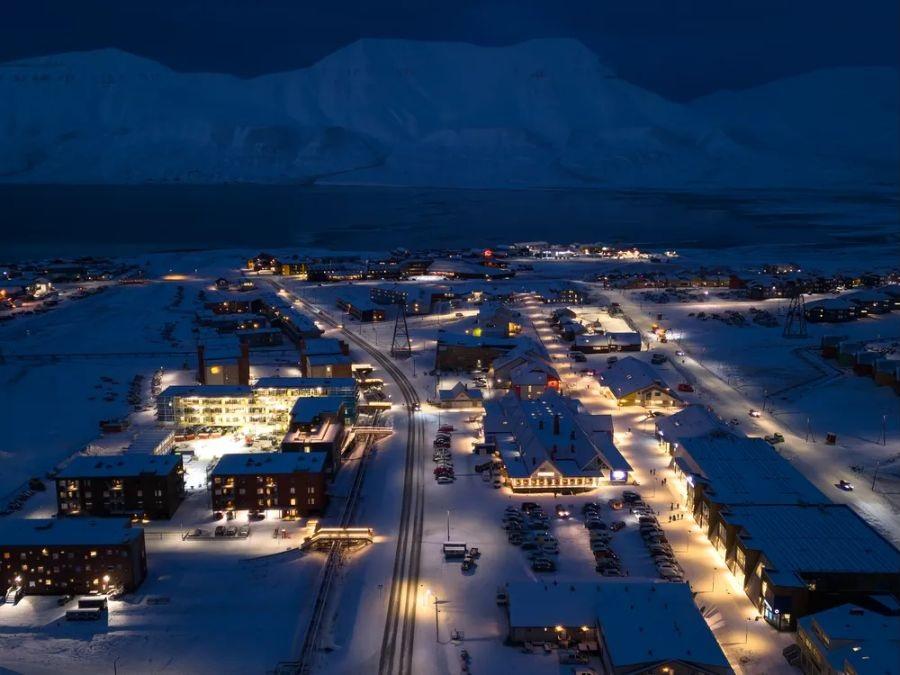Nestled in Northern Europe, Norway is a land of stunning contrasts and natural wonders. Stretching from the southern Skagerrak coast to the icy reaches of the Arctic, Norway is known for its deep fjords, towering glaciers, Viking heritage, and mesmerizing northern lights. But beyond its postcard-perfect landscapes, Norway is also known for a truly astonishing astronomical phenomenon: the Midnight Sun—a period during which the sun never sets in Norway, even at midnight. This is why Norway is also known as the "Land of the Midnight Sun."
Norway’s northern regions lie well above the Arctic Circle, the geographic boundary at 66.5° north latitude. This unique location makes Norway one of the few countries on Earth where the sun never rises in winter and the sun never sets in summer. For several weeks or even months each year, parts of the country experience continuous daylight 24 hours a day during summer or plunge into prolonged darkness during winter—a phenomenon known as a polar day and polar night, respectively.
If you are wondering why Norway has 6 months of day and 6 months of night, or which country is dark for 6 months, this article breaks down the fascinating science behind why the sun never sets in Norway, what causes the Midnight Sun and Polar Night, exploring why it happens, when it occurs, and where you can see it best.
What is Midnight Sun?

Midnight Sun, also known as Polar Day, is a fascinating natural phenomenon that occurs during the summer months in regions located north of the Arctic Circle or south of the Antarctic Circle. During this time, the Sun remains visible at local midnight, meaning it does not set at all, even during what should be nighttime.
This continuous daylight is caused by the tilt of Earth's axis, which, during summer, angles the poles toward the Sun. As a result, regions within the polar circles experience unending sunshine for several days or even months. When observed in the Arctic, the Sun appears to move from left to right across the sky. In the Antarctic, the motion is reversed—from right to left.
This phenomenon occurs between latitudes of approximately 65°44′ and 90° (north or south), although due to atmospheric refraction and the Sun’s apparent size, the Midnight Sun can be seen just outside the official polar circles.
The opposite of this phenomenon is the Polar Night, which happens during winter when the Sun does not rise above the horizon at all, plunging these regions into prolonged darkness.
Also read: Science Behind It: Why Does It Rain Diamonds On Uranus and Neptune?
Why Does The Sun Never Set In Norway? Explained

The reason the sun never sets in parts of Norway during summer lies in Earth’s axial tilt. Our planet is tilted at an angle of 23.5 degrees relative to its orbital plane around the Sun. This tilt causes one hemisphere to lean towards the Sun during its respective summer, and away from it during winter.

During the Northern Hemisphere’s summer, the North Pole is tilted toward the Sun, allowing regions above the Arctic Circle, like northern Norway, to remain in constant sunlight for 24 hours a day. As the Earth spins, these areas stay within the sun’s circle of illumination, making the sun appear to hover above the horizon, moving sideways across the sky without ever setting.
This natural wonder is known as Polar Day, and its duration increases the closer you move to the North Pole. For example, in Svalbard, one of Norway’s northernmost inhabited areas, the sun doesn’t set at all from April 10 to August 23—a staggering 135 days of continuous daylight.
Also read: Science Behind It: How Do Magnets Work?
Polar Night: Why The Sun Never Rises In Norway? Explained

Image: Cecilia Blomdahl
Is it really 6 months of night in Norway? Not quite—but close in some areas. Just as the Midnight Sun lights up northern Norway in summer, the polar night casts the region into continuous darkness during winter. This happens because, during the Northern Hemisphere’s winter, the Earth’s axis tilts away from the Sun, causing regions above the Arctic Circle to miss direct sunlight altogether.
However, the belief that Norway undergoes a full six months of darkness is a myth. Only places right at the geographic poles—like the North Pole—experience a full six-month cycle of day and night. In Norway, the duration of the polar night depends on the latitude. During this time, even though the sun stays below the horizon, regions may still experience twilight or reflected light, especially during midday hours.
While the Sun stays below the horizon, areas like Tromsø and Svalbard may still get a faint twilight glow during midday due to atmospheric refraction.
-
Tromsø experiences polar night from late November to mid-January.
-
Svalbard remains dark from October 26 to February 15.
Also read: Science Behind It: How Do Thermometers Measure Temperature?
Best Places to Experience the Midnight Sun in Norway
According to travel experts and naturalists, some of the best destinations in Norway to experience the Midnight Sun include: Svalbard, Nordkapp (North Cape), Tromsø, Hammerfest, Lofoten Islands, Vesterålen, Alta, and Bodø.
One of the best places to witness the Midnight Sun is Svalbard, a Norwegian archipelago in the Arctic Ocean. It experiences the longest period of continuous daylight, lasting from April 10 to August 23—more than four months of sunlight with no sunset at all. Located between mainland Norway and the North Pole, Svalbard sits at about 78 degrees north latitude, making it one of the most extreme inhabited places on Earth to experience this phenomenon.
Also read: Science Behind It: Why Does Ice Float On Water?
Conclusion
The phenomenon of the Midnight Sun is a compelling demonstration of Earth's axial tilt and orbital mechanics. Norway’s position above the Arctic Circle allows it to experience extended periods of solar exposure during summer, not because the sun behaves differently, but because our planet is tilted at approximately 23.5 degrees relative to its orbital plane. This tilt causes the poles to alternately lean towards and away from the Sun throughout the year, producing continuous daylight in summer—known as polar day—and continuous darkness in winter, or polar night.
Comments
All Comments (0)
Join the conversation